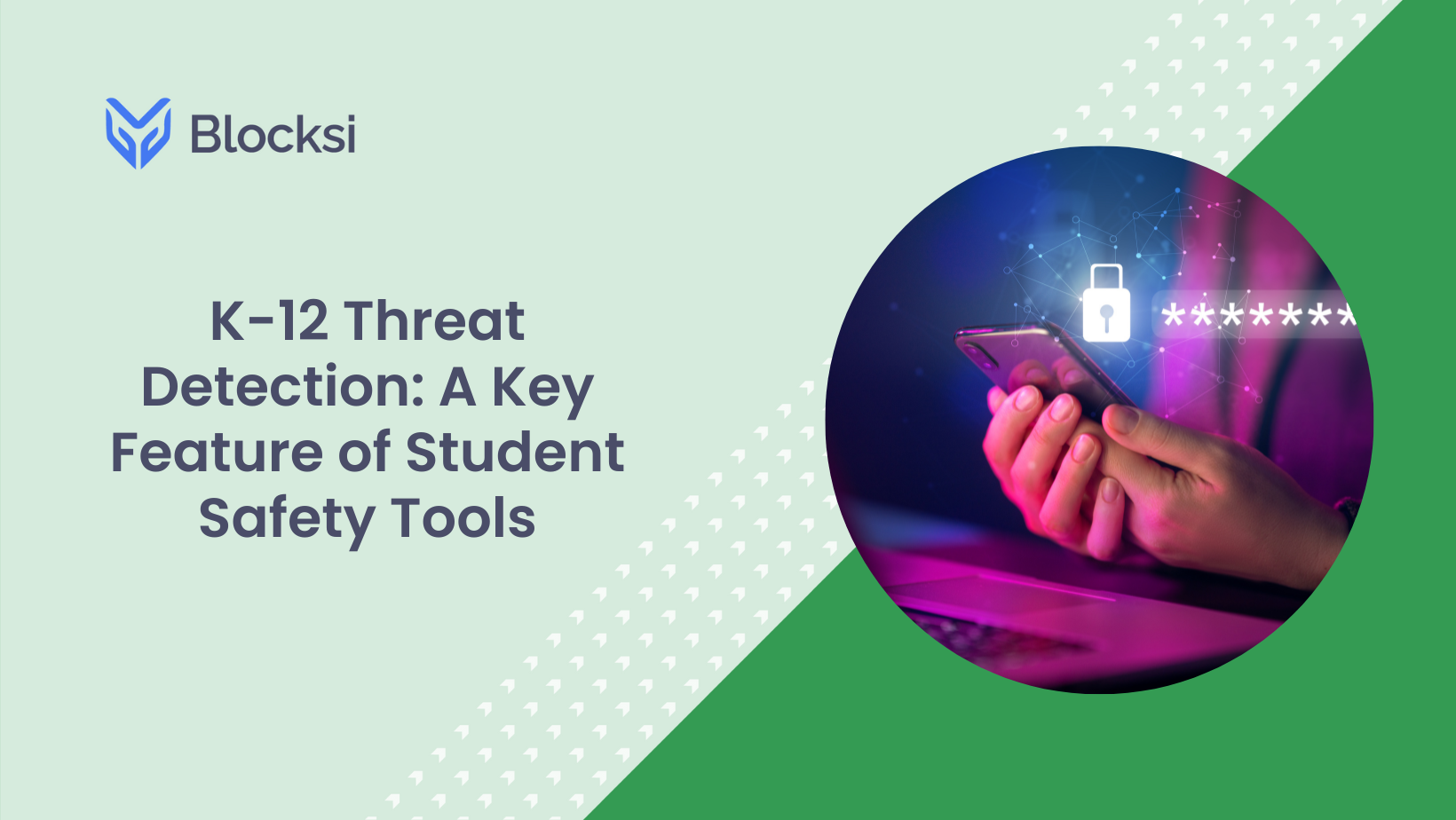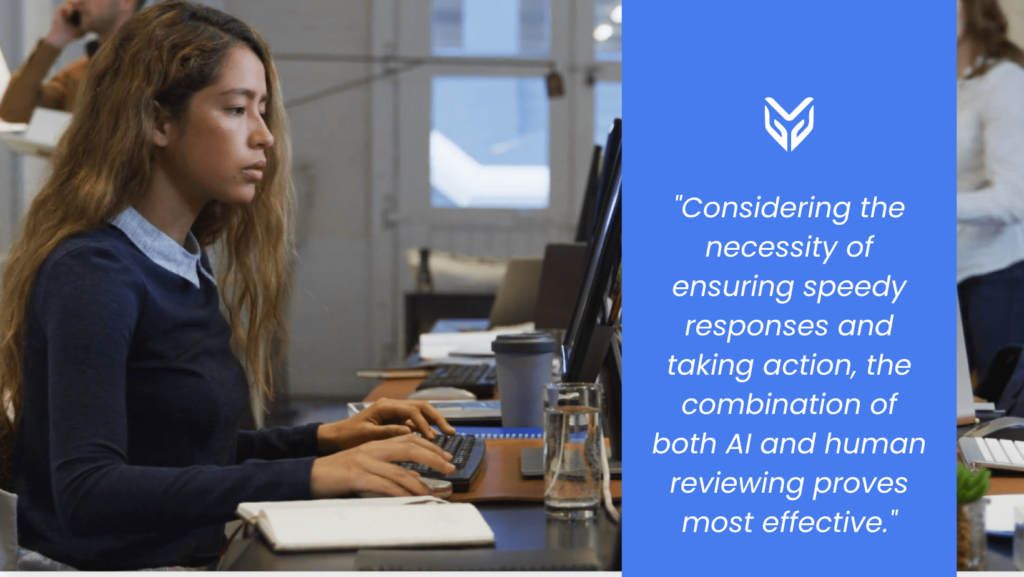NEWS
K-12 Threat Detection: A Key Feature of Student Safety Tools

K-12 students are spending more time online than ever before. They use technology in many aspects of their education, and 1:1 districts are becoming more common. This means the school provides each student access to an internet-connected device. And with our growing dependence on technology systems, cyber threats are also increasing and getting more sophisticated. This is why K-12 threat detection is so desperately needed.
In the face of an increasing number of cyberattacks and cyber threats, such as cyberbullying, many K–12 schools and districts are trying to strengthen their defensive tactics. Threat detection and response techniques and the expanding use of managed services to support these crucial operations are essential factors.
The consequences of cyberbullying on students can be devastating and include various serious issues. These include experiencing sadness, frustration, anger, humiliation, academic suffering, trouble sleeping, and even suicidal thoughts. That is why many schools choose student safety solutions that efficiently overview the content students use daily.

How to Master K-12 Threat Detection?
One effective method for K-12 danger detection is the use of effective student safety or K-12 threat detection tools.
These detect harmful content (e.g., in school emails and Google searches) and alert school administrators when the system detects a potential threat. Once the threat (like a threatening message or a dangerous search query) is detected by the AI, it gets double-checked by the human reviewer and then forwarded to the administrators, who can take the necessary precautions and protect the students before any harm comes to them.
Considering the necessity of ensuring speedy responses and taking action, the combination of both AI and human reviewing proves most effective. Because such K-12 threat detection mostly detects potentially serious threats that involve violent behavior, quick actions are needed. If someone is having suicidal thoughts or bullying someone into any kind of violent behavior, taking action cannot be delayed.

There are various solutions for protecting students on the market, but the ones that combine K-12 threat detection and school web filtering seem the most effective. Thus, for double protection, schools also use school web filters. These filters work by blocking access to websites and online content that is deemed inappropriate or potentially harmful to students. School web filters can additionally protect students from a wide range of internet hazards by restricting access to specific websites and removing potentially hazardous content.
Why Is AI Support Necessary for Effective K-12 Threat Detection?
Considering the number of students and the data that has to be overseen, AI-powered systems come in very handy. They can inspect large quantities of content in a short time. And even though AI technology is ever-evolving and becoming better at recognizing everyday threats, additional human reviewing is needed. Human reviewers acting 24/7 confirm or deny the seriousness of the threat and make sure actual threats are brought to attention. So, Googling some agreeable music, like “Killing Me Softly“, does not end up alarming the whole school district. Instead, all potential threats are double-checked by the reviewers and brought to the attention of tech admins or principals.

Such school filtering also improves student safety by tracking devices that might get lost, and in Blocksi‘s case, being cloud-based, it also lowers the risk of internet security attacks. So, it also comes in handy in the event of so-called cybersecurity incidents. According to the U.S. Government Accountability Office, these are events that actually or potentially jeopardize a system or the information it holds.
In conclusion, K-12 threat detection is crucial to protecting students from the many online risks they may encounter at school. Both K-12 threat detection and school web filters are valuable tools in the process of achieving and keeping maximum levels of student safety and well-being. Filtering out inappropriate, potentially harmful content, and alerting administrators to potential threats can be a game changer for students’ lives. By using a layered approach to student safety, schools can create a safer and more secure online environment for their students.
SOURCES
[1] Cybersecurity
[2] Data Security: Recent K-12 Data Breaches Show That Students Are Vulnerable to Harm





